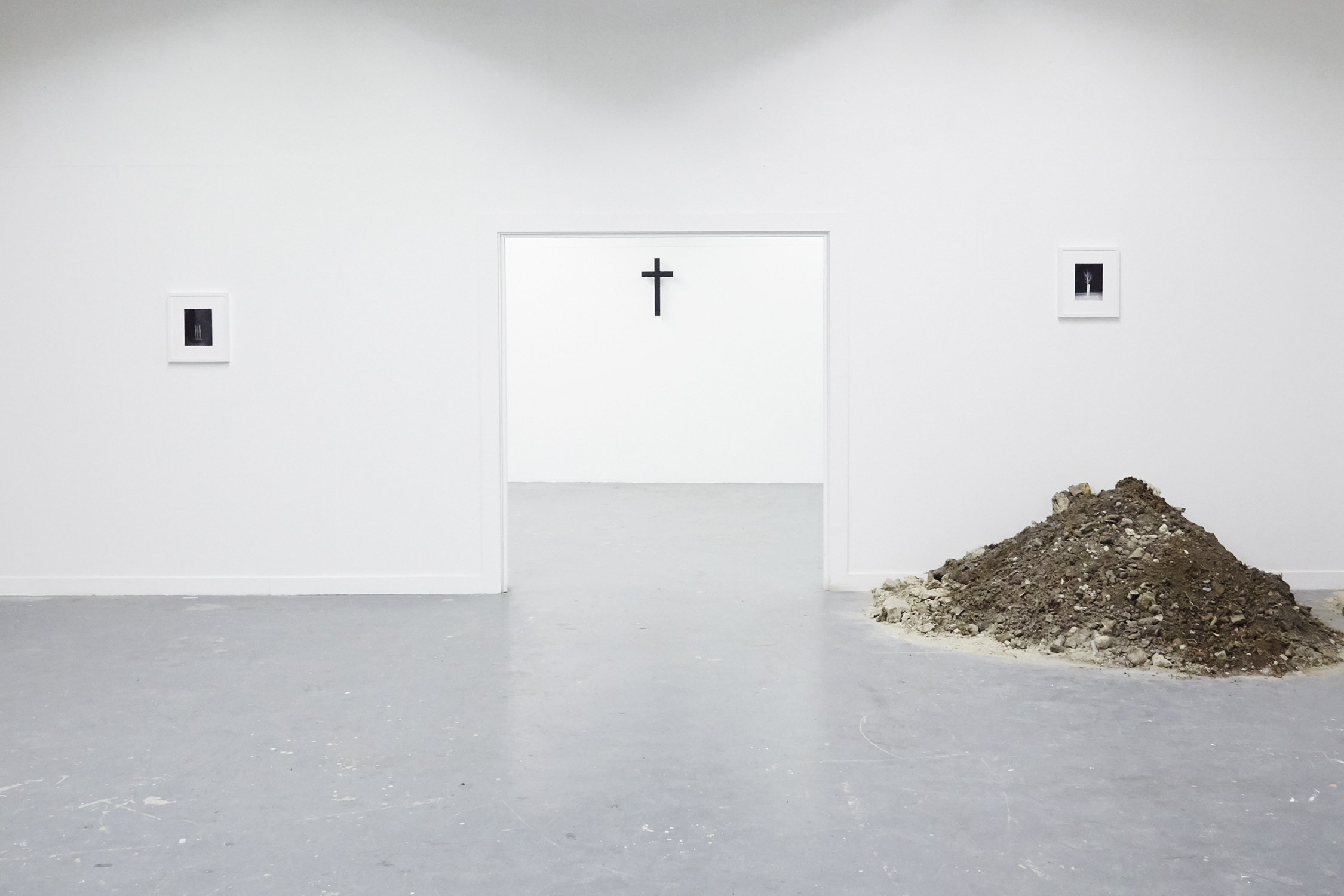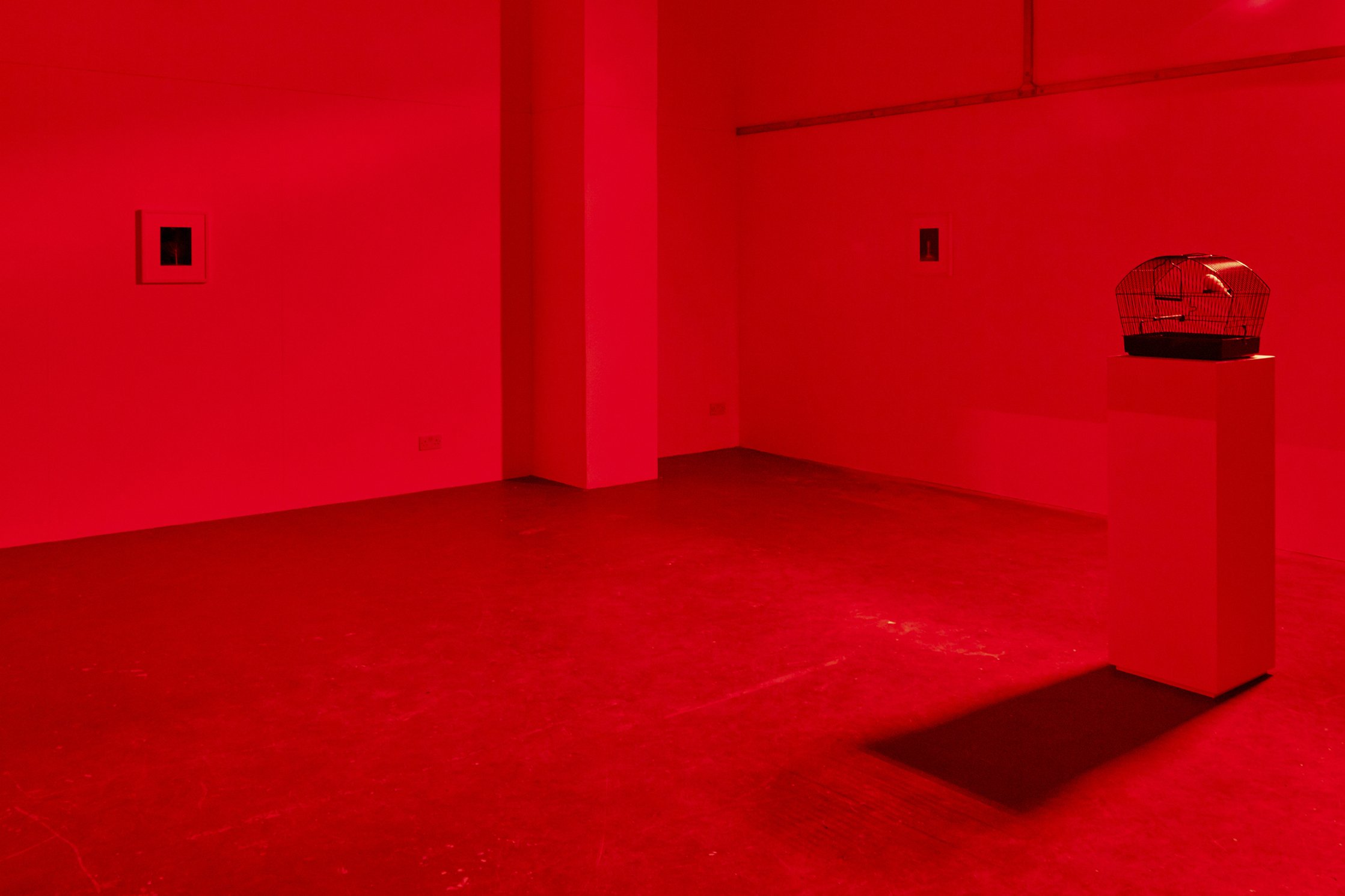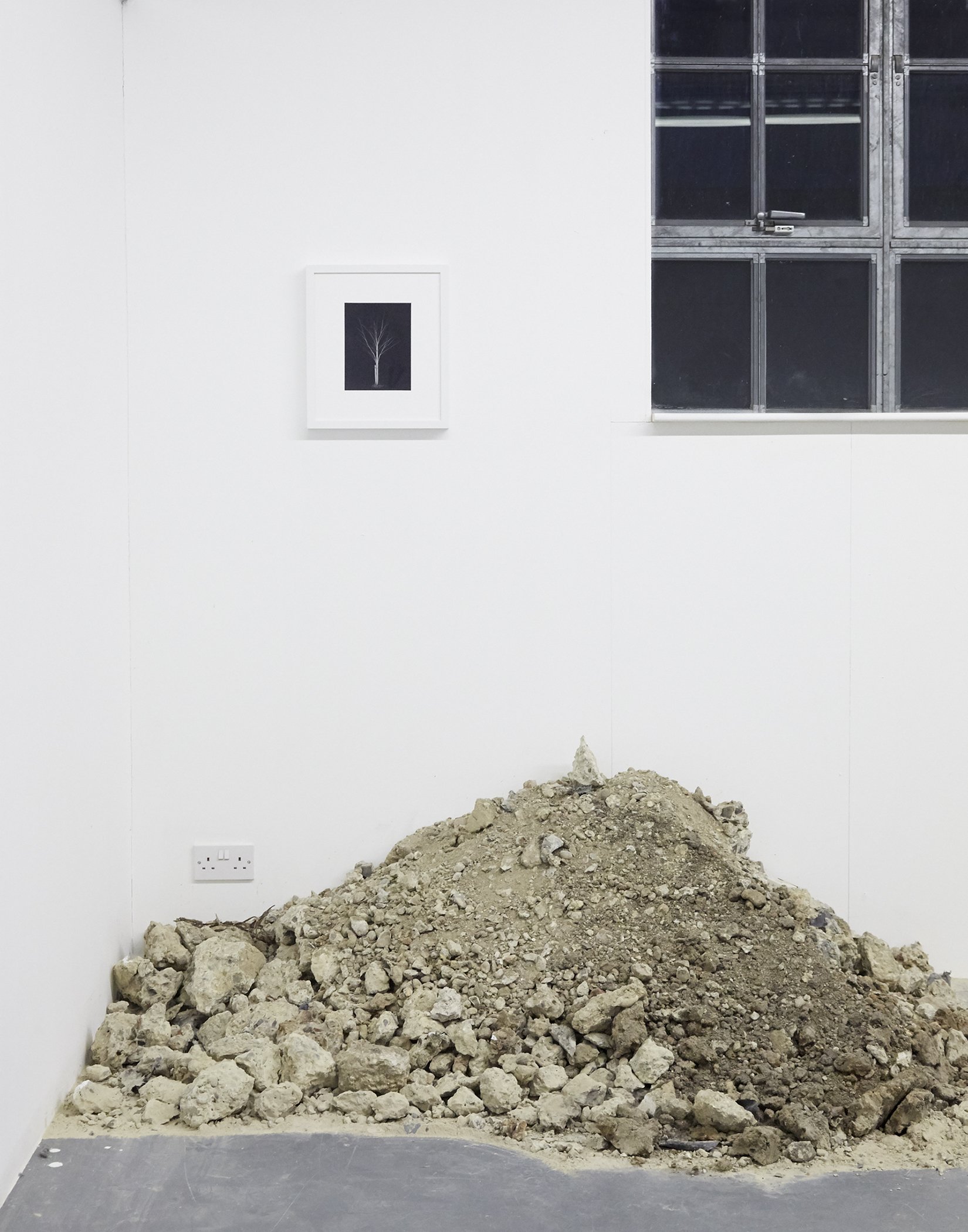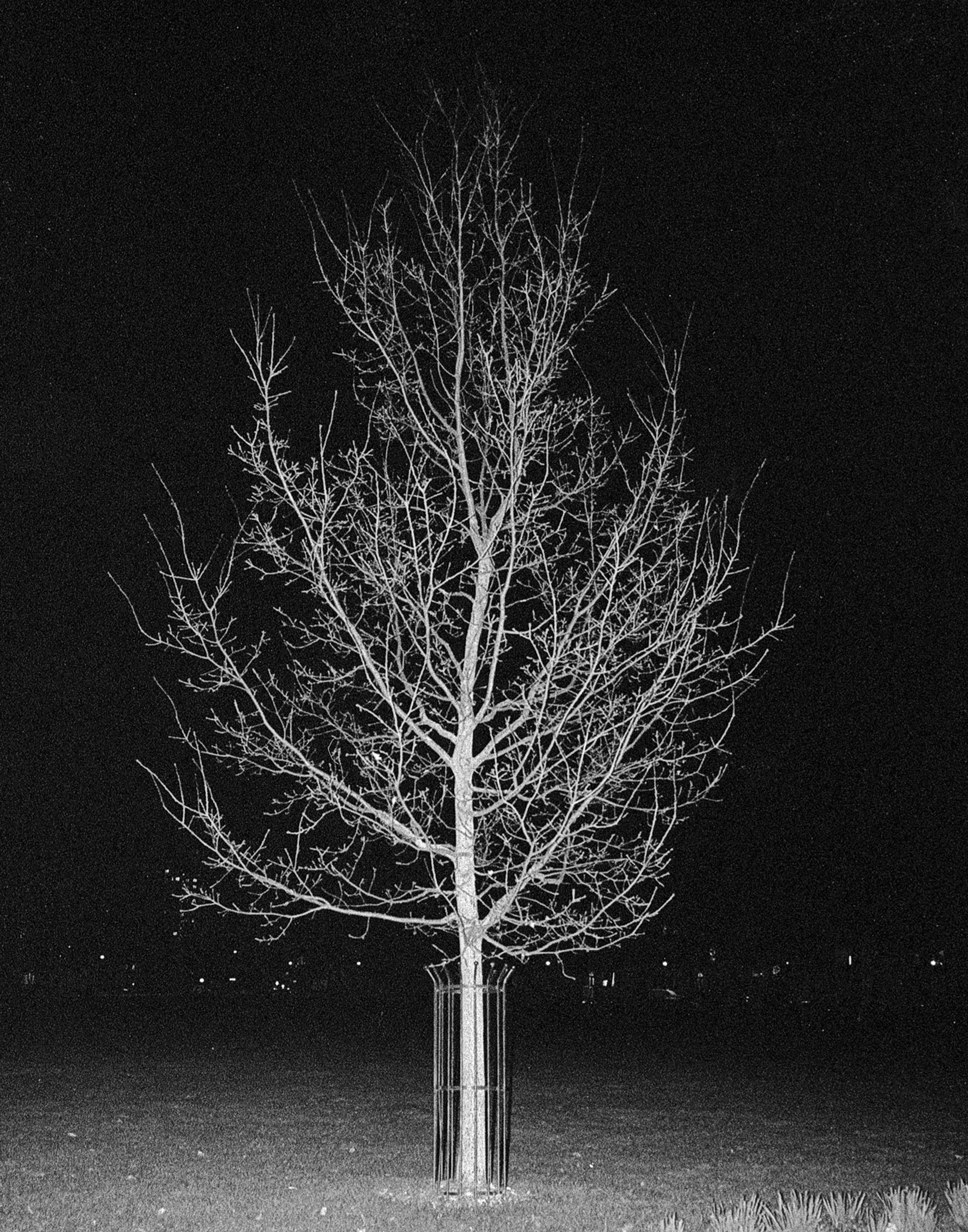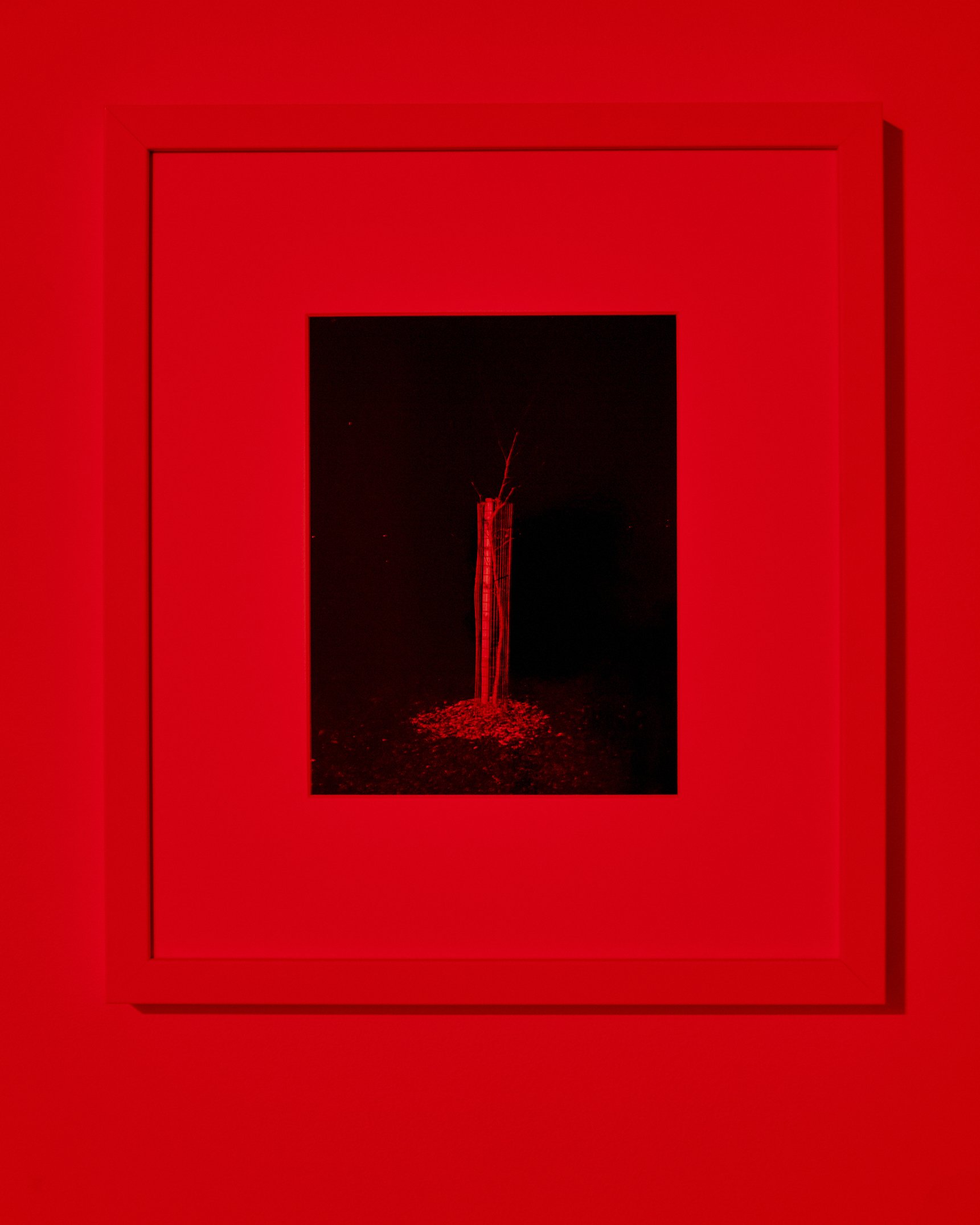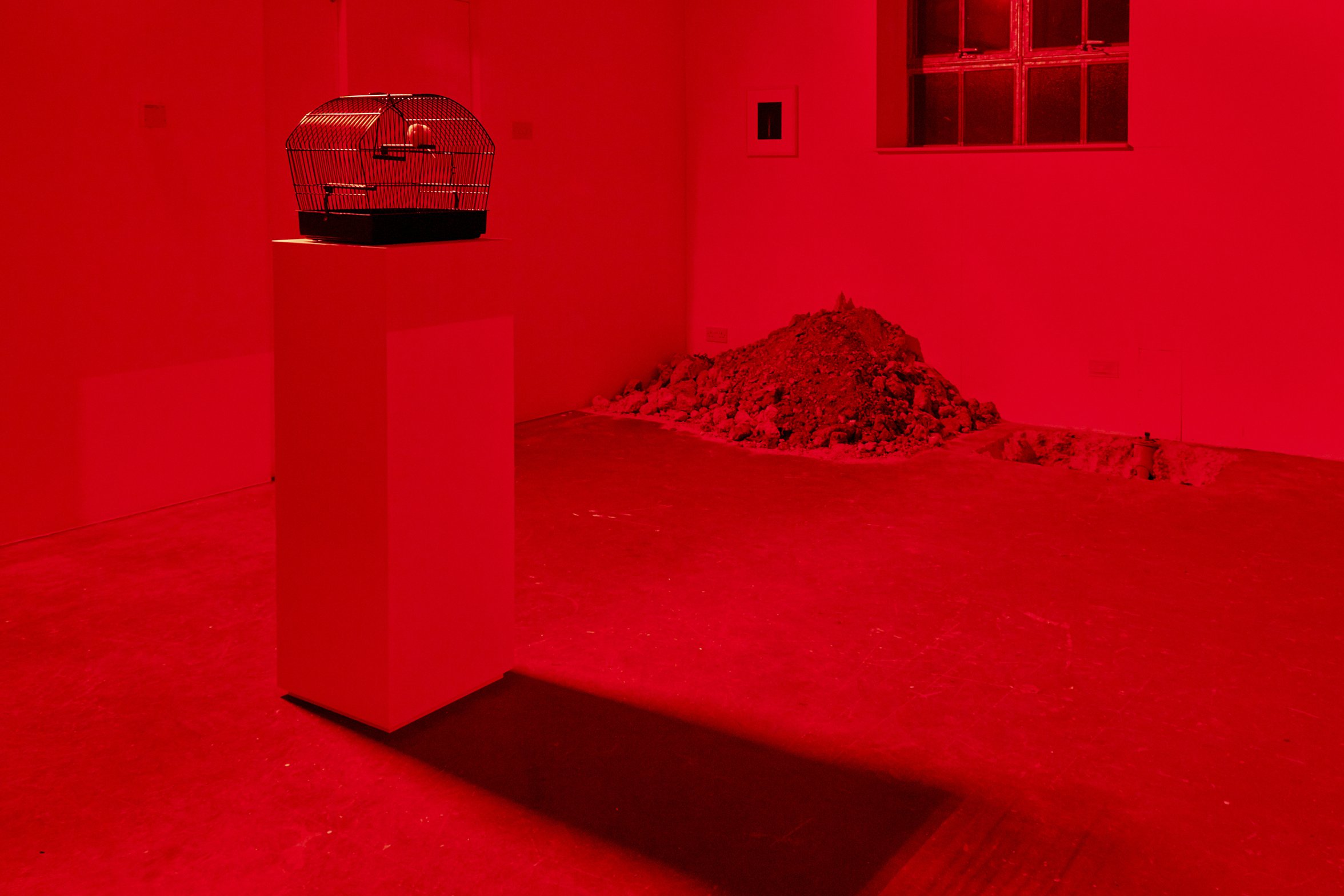Homeostasis - Allostasis
13 June 2020 - 20 June 2020
Dirty House 14 - 15 Trafalgar Mews, London E95JG
Dirty House is pleased to present an exhibition of new work by artist Alex Sain. The exhibition brings together many of the interests that have characterised Sain’s work, including Religion and the environment. Located across the entire Hackney wick space, it features a series of installations and photographs that draw on the concept known as Homeostasis.
Homeostasis is the tendency towards a relatively stable equilibrium between interdependent events, especially as maintained by physiological processes.
The term derives from Greek roots meaning “similar” and “a state of stability.” The prefix “homeo” stresses that homeostasis does not work like a thermostat or cruise control in a car, fixed at one precise temperature or speed. Instead, homeostasis holds important physiological factors within an acceptable range of values.
In this new body of work Sain has tried to create, what he calls a feedback loop.
Biological systems operate on a mechanism of inputs and outputs, each caused by and causing a certain event. A feedback loop is a biological occurrence wherein the output of a system amplifies the system (positive feedback) or inhibits the system (negative feedback). Feedback loops are important because they allow living organisms to maintain homeostasis. Homeostasis is the mechanism that enables us to keep our internal environment relatively constant – not too hot, or too cold, not too hungry or tired. The level of energy that an organism needs to maintain homeostasis depends on the type of organism, as well as the environment it inhabits.
In healthy organisms, homeostatic processes unfold constantly and automatically. Multiple systems often work in tandem to hold steady a single physiological factor. If these measures falter or fail, an organism may succumb to disease, or even death.
Many homeostatic systems listen for distress signals from the body to know when key variables fall out of their appropriate range. The nervous system detects these deviations and reports back to the control centre then directs muscles, organs and glands to correct for the disturbance. The continual loop of disturbance and adjustment is known as “negative feedback,”
The alternate model of Homeostasis is known as Allostasis, that implies the ideal set point for a particular variable, can shift in response to transient environmental changes.
Activating homeostatic response systems can be fine for short periods of time,” But they are not designed to last for long. Homeostatic systems can fail catastrophically if they are pushed too far; the ability to shift set points allows animals to adapt to short-term stressors, but they may fail in the face of long-term challenges, such as climate change.
Along the length of the gallery’s walls are a series of 9 black and white 10x8 inch gelatin silver prints, and the gallery is lit with what would appear to be two red heat lamps, one positioned directly above a crucifix and another at the opposite end of the gallery space above a small caged canary. The photographs were hand printed in much the same environment as they are displayed, under a red safe light in a dark room. In the gallery there are also two big holes dug deep into the studio floor, with piles of earth next to them. Acting as a symbolic reminder, a 'memento mori' of the inevitability of death, and emphasising Heaven, Hell, and salvation of the soul in the afterlife. Sain’s news series of photos feature barren scenes of trees trapped in cages. The images act as a window into a post-apocalyptic world. But yet there is also the element of duality running through the work. Are they caged and miss treated or are they caged and being nurtured under the guise of a higher power. In this sense the canary and the trees all fall victim to the higher power of the human.
The Canary acts as a Sentinel species, or organism, used to detect risks to humans by providing advance warning of a danger. The terms primarily apply in the context of environmental hazards rather than those from other sources. Some animals can act as sentinels because they may be more susceptible or have greater exposure to a particular hazard than humans in the same
environment. People have long observed animals for signs of impending hazards or evidence of environmental threats. Plants and other living organisms have also been used for these purposes.
There are countless examples of environmental effects on animals that later manifested in humans. The classic example is the "canary in the coal mine". The idea of placing a canary or other warm blooded animal in a mine to detect carbon monoxide was first proposed by John Scott Haldane, in 1913 or later. Well into the 20th century, coal miners brought canaries into coal mines as an early-warning signal for toxic gases, primarily carbon monoxide. The birds, being more sensitive, would become sick before the miners, who would then have a chance to escape or put on protective respirators.
Sain tries to tie together contemporary science with classical mythology, exposing how the spiritual and scientific, the past and the present are all connected. To quote Goethe, we all still want to find out, ‘What holds the world together at its core’.
Sain is a big believer in the Gaia hypothesis, that living organisms interact with their inorganic surroundings on Earth to form a synergistic and self-regulating, complex system that helps to maintain and perpetuate the conditions for life on the planet. The hypothesis was named after Gaia, the primordial goddess who personified the Earth in Greek mythology.
But even with all these hypotheses, who do we humans answer to? What is our control centre? Niche famously said that God is dead. God remains dead. And we have killed him. How shall we comfort ourselves, the murderers of all murderers? What was holiest and mightiest of all that the world has yet owned has bled to death under our knives: who will wipe this blood off us? What water is there for us to clean ourselves? What festivals of atonement, what sacred games shall we have to invent? Is not the greatness of this deed too great for us? Must we ourselves not become gods simply to appear worthy of it? Sain can't help but notice the distinct paradox of science’s quest for answers when such great scientists such as Isaac Newton, Charles Darwin and Stephen Hawking are all buried in Westminster Abbey.
Sain says “I Think Kanye west said it best on his 2013 album Yeezus, with the song “I Am A God”. It would seem the song almost personifies Niche’s statement of “God is dead”. West explained the message of "I Am a God" on various occasions, once claiming that it was for those who lacked confidence in themselves. So maybe Niche was right, God is dead, maybe he now lives on as Gods in every one of us...
